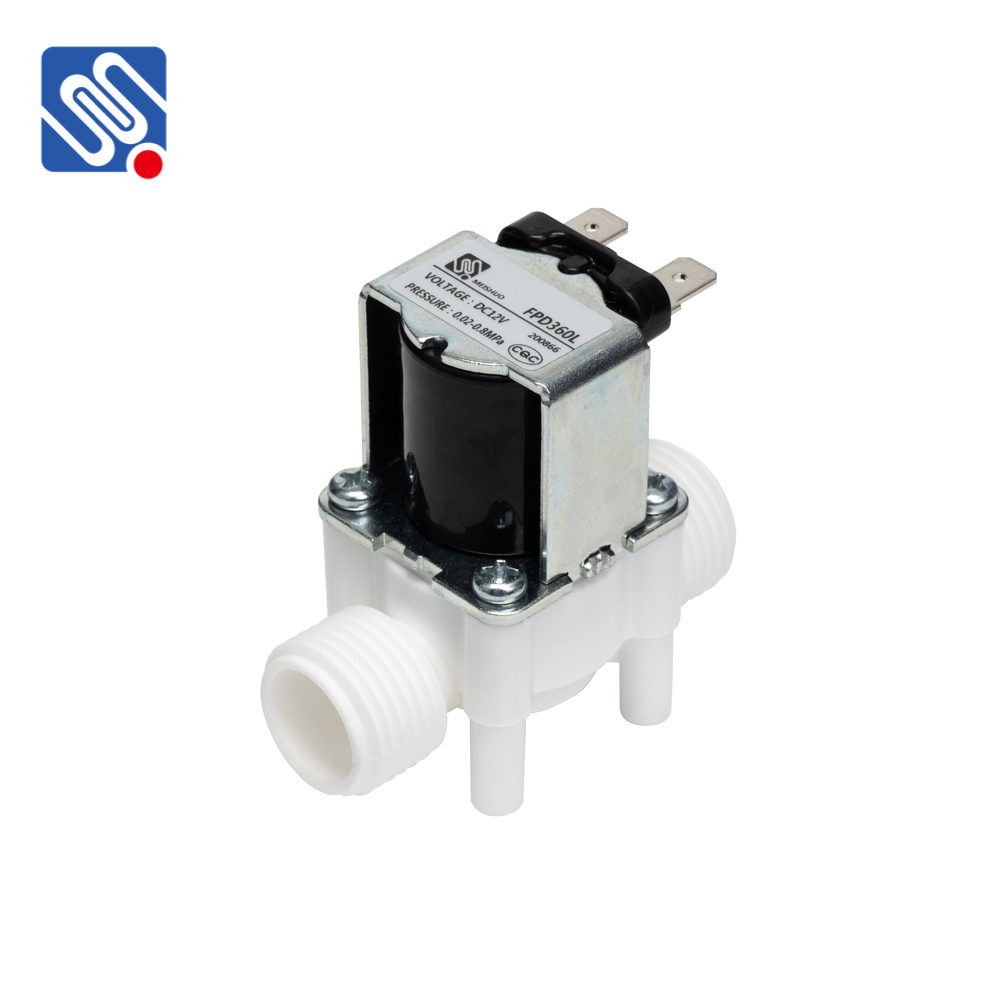understanding ac solenoid valve: function, applications, and benefits
Release time:2025-11-20 09:42:48
An AC solenoid valve is a critical component in various industrial and residential applications, enabling precise control over the flow of fluids such as air, water, or other gases and liquids. This valve is powered by alternating current (AC) electricity and operates using an electromagnetic mechanism. This article explores the function, working principles, applications, and benefits of AC solenoid valves in modern systems.

What is an AC Solenoid Valve?
At its core, an AC solenoid valve consists of an electromagnet, a movable plunger or core, a spring, and a valve body. When an alternating current (AC) passes through the coil of the electromagnet, it generates a magnetic field that attracts or repels the plunger. This movement either opens or closes the valve, controlling the passage of fluids through the system. There are two primary types of solenoid valves: normally closed (NC) and normally open (NO). In NC valves, the valve is closed when no power is supplied, and in NO valves, the valve is open when no power is supplied.

